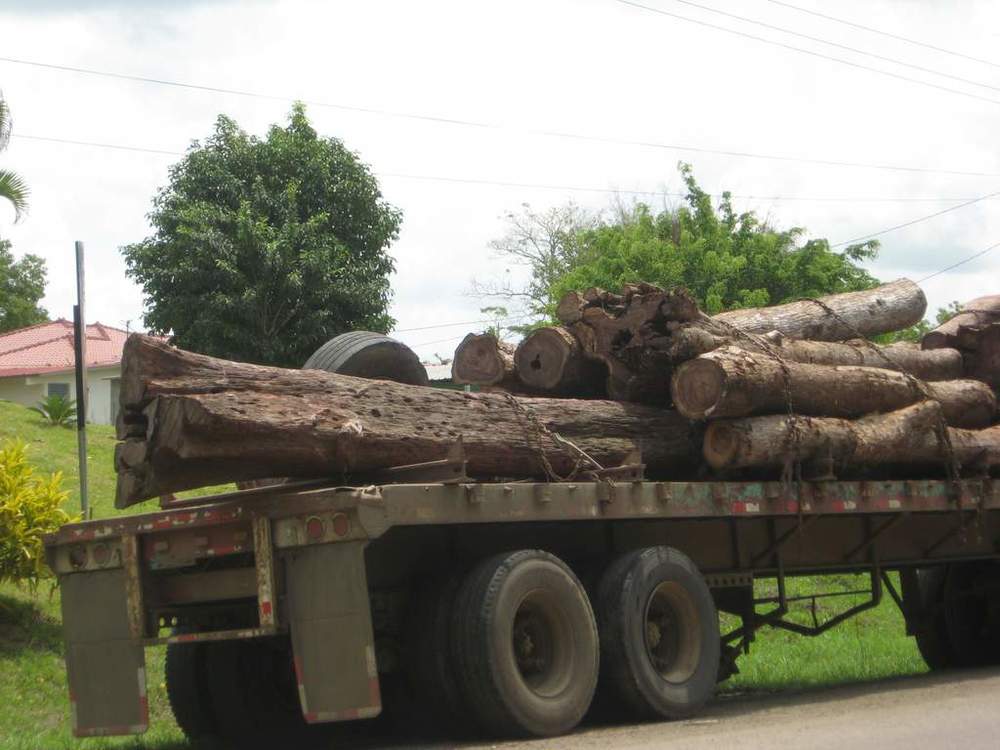A Rosier Year for Rosewood?
/
Photo of Cocobolo (rosewood) logs on their way to be milled into timber.
Cocobolo (rosewood) logs on their way to be milled into timberLast year, we wrote a couple of blog posts about the surge in rosewood (cocobolo) logging that has gripped Panama, and the resulting problems. It unfortunately led to conflict that left two people dead, and finally made the Panamanian government take measures to control the violence.
With the dry season in February in Panama comes increased logging thanks to easier access to primary forests. Will the Panamanian government be proactive to stop the loss of lives and primary forests that will inevitably occur if the rosewood fever continues?
We hope so. Belize set an example last month by torching and donating illegally harvested rosewood. In the Darien, where much of the cocobolo harvesting takes place, there are Ministry of Environment and police checkpoints on all of the roads leading to Panama City, so controlling the movement of illegally harvested wood shouldn’t be difficult in theory. However, with the Ministry of Environment’s budget being cut, there are not sufficient “boots on the ground” to do the necessary field inspections.
One way the Panamanian government could address the problem is by accelerating the land titling of Indigenous territories. This would give Indigenous communities more legal clout to expel illegal loggers. Last year, it titled two Wounaan communities, the first Indigenous communities since 2000 to receive titles. It’s a good start, but there are still 39 communities left.
From an industry perspective, we also hope that more forestry companies will recognize both the environmental and financial benefits of growing this valuable tropical timber.


